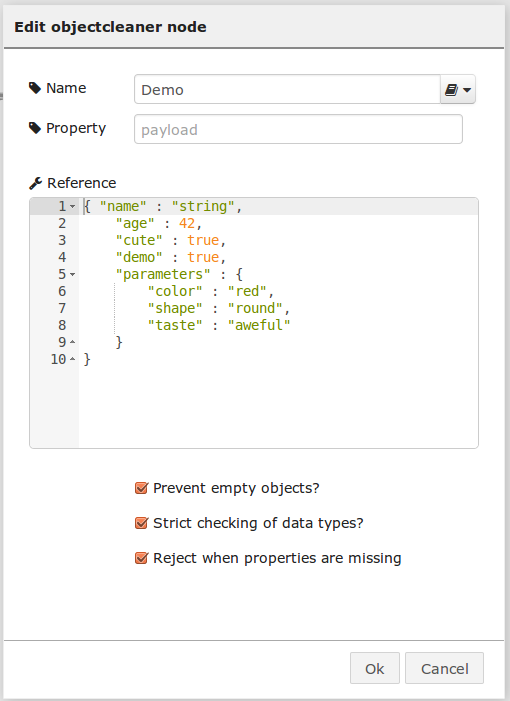Adding Notes data to Websphere content manager via RSS
Websphere Content Manager (WCM) can aggregate information from various sources in many formats. A quick and dirty way to add Domino data is to use RSS. The simplest way is to add a page (not an XPage, a Page), define its content type as
Thereafter create a view with passthrou HTML with all the values for an
application/rss+xml and add a few lines to it:
<rss version="2.0">
<channel>
<title><Computed Value></title>
<link><Computed Value>feed.xml</link>
<description>Extraction of data from the Audience Governance database</description>
<lastBuildDate><Computed Value></lastBuildDate>
[Embedded view here]
</channel>
</rss>
Thereafter create a view with passthrou HTML with all the values for an
item element. Of course that is super boring, therefore you can use the following code to speed this up.Read more
Posted by Stephan H Wissel on 27 July 2015 | Comments (0) | categories: IBM Notes Java
